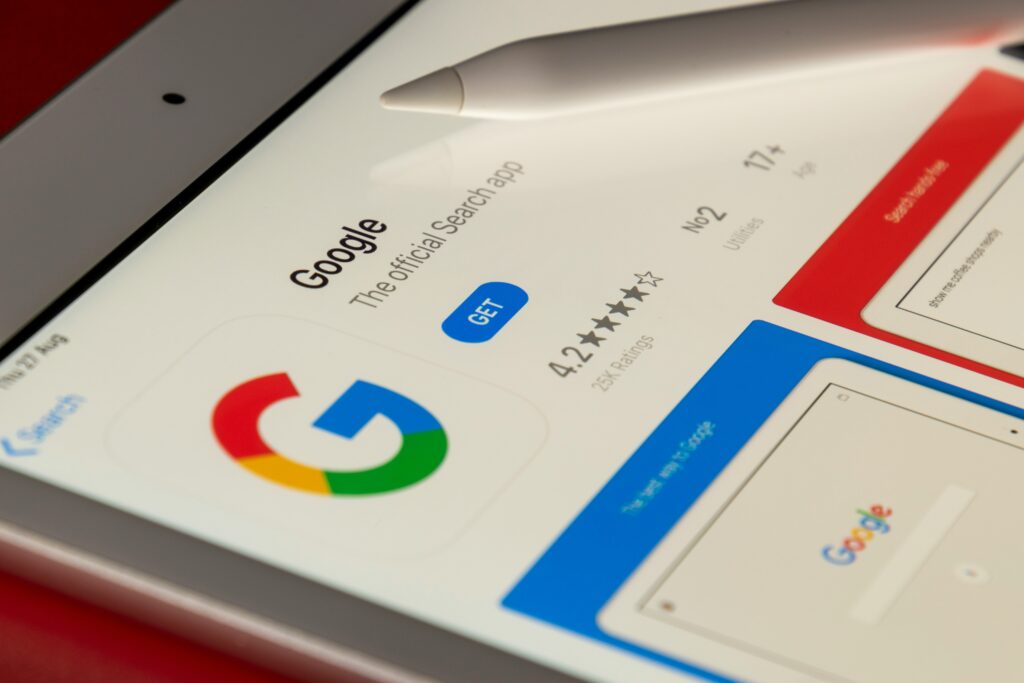Why Social Media Still Moves the Needle
First, the reality check: your audience isn’t just scrolling—they’re living on social. Whether it’s TikTok, Instagram, Twitter (or X, if you’re calling it that), people are consuming content in short bursts throughout the day. If your stories aren’t showing up where they already are, you’re not just missing an opportunity—you’re not even in the game.
Social media isn’t just about likes. It’s the highway that drives eyes to your content, boosts organic sharing, and makes stories discoverable beyond your regular readers. Whether it’s a quick video recap, a smart visual pull-quote, or a thread that breaks down a longer feature, great social execution extends your editorial shelf life.
And when it comes to measuring success, reach can feel good—but engagement tells you more. Shares, comments, saves—that’s where the real value is. These signals show you made someone pause, think, or act. In 2024, it’s not about shouting the loudest. It’s about hitting the right nerve, in the right place, at the right time.
Platform-by-Platform: What’s Working Now
Understanding what works on each platform can dramatically improve how you position your content and engage your audience. Here’s a breakdown of what’s performing well right now across the major social channels.
Instagram & TikTok: Visual-First Makes the Strongest First Impression
These platforms thrive on eye-catching visuals and snackable, scroll-stopping content. Success comes from immediacy and emotion, delivered in vertical video formats that invite interaction.
- Lean into short-form video with strong hooks in the first 3–5 seconds
- Use interactive features like polls, stickers, or text overlays to drive engagement
- Tell a story visually—fast cuts, clear focus, and captions are key
- Prioritize trending sounds or formats to increase algorithmic reach, but with your brand twist
Twitter/X: Quick, Timely, and Conversational
Despite changes, Twitter (now referred to as X) continues to be a hub for real-time commentary and breaking news. It’s ideal for media professionals looking to stay topical and amplify timely stories.
- Participate actively during news cycles or events relevant to your beat
- Use threads to build deeper narrative arcs or context
- Don’t just post headlines—reframe them with a clear, engaging voice
- Interact directly with replies to foster audience conversation
LinkedIn: The Platform for Thought Leadership in Media
LinkedIn has evolved into a platform where media professionals showcase expertise and offer perspective. It’s less about viral trends and more about value, consistency, and credibility.
- Share behind-the-scenes process, lessons learned, or analysis only your brand can offer
- Publish native posts with strong formatting (short paragraphs, line breaks, bullets)
- Encourage dialogue—pose questions or invite professional insights from your network
- Optimize your team’s profiles to reinforce individual authority and brand trust
YouTube Shorts: Bite-Sized Content with Big Potential
YouTube Shorts offers a repurposing gold mine for media outlets and creators alike. It’s growing fast and favors content that informs or entertains quickly.
- Convert top-performing long-form videos into 15–60 second Shorts
- Structure each Short with a clear hook, payoff, and CTA—no fluff
- Use Shorts to highlight key moments, interviews, or timely takes
- Post consistently—YouTube’s algorithm favors creators who treat Shorts as a dedicated format
Key Tactics that Actually Drive Engagement
Too many media outlets still treat social media like a bulletin board—drop a link and hope someone cares. That doesn’t cut it anymore. Native formats are king. If you want attention on Instagram, use Reels or carousels. On TikTok, it’s got to be vertical and fast. For Twitter (or X), say something sharp without needing a click-out. Platforms reward users who stay in-platform, so meet people where they scroll.
Headlines aren’t just copy anymore. They’re strategy. The formula now? Emotion + clarity + timing. Make people feel something instantly—curiosity, urgency, anger, hope—but keep it clear and honest. And time it right: don’t bury news an hour after the moment’s passed. Being first still matters, but so does being sharp.
Behind-the-scenes content is no longer filler. It’s one of your strongest plays. Show your team, your process, the messy moments. When audiences feel like insiders, they stick. Personality drives engagement—and trust.
Finally, don’t ignore your own comment sections. That’s where your engaged community lives. Respond, moderate, spark conversation. A good comment thread can outperform your original post in reach and relevance. Community isn’t a buzzword, it’s a channel. Treat it like one.
Turn Engagement into Traffic (and Retention)
Getting likes is cool. Getting clicks is better. In 2024, the smartest media teams are focused on converting fleeting social media attention into loyal audiences—on their own turf. That means nudging people from the feed into a newsletter, onto a content hub, or into an owned app where the distractions drop and real engagement begins.
The key? Sharper CTAs and smarter links. Tools like Linktree, Snipfeed, and Beacons have stepped up their game, offering customizable URLs, trackable tap-through rates, and platform-native looks that don’t feel like digital detours. Embedded UTM codes are no longer optional; they’re how you know what channels are working and which posts are pulling their weight.
And watch out for vanity metrics. A flashy post with tons of shares looks good in a slide deck, but if no one clicks through or signs up, it’s not moving the business. Pay attention to link clicks, bounce rates from social, and email list growth driven by social posts. Growth today isn’t about going viral—it’s about being intentional with every post and every link that follows.
SEO and Social: The Overlooked Synergy
Social Signals Matter More Than You Think
Google may not officially count likes or shares as ranking factors—but social signals still play a role in discoverability. When your content circulates on social platforms, it’s more likely to earn backlinks, get quoted, or become embedded in editorial content—all of which can improve SEO performance.
Key social signals that indirectly impact SEO:
- High levels of engagement (shares, saves, comments)
- Increased brand mentions across platforms
- Consistent traffic spikes from social to site
Create Smarter, Dual-Purpose Content
The best-performing media pieces today are built with both search and social in mind. Instead of thinking of SEO and social as separate silos, combine their strengths:
Tips to Align SEO and Social Strategies:
- Front-load clarity: Make headlines searchable and scroll-stopping
- Leverage keyword-driven topics: Use trending search terms to inform social content themes
- Optimize visuals: Strong thumbnails and open graph images matter on both Google Discover and X (Twitter)
- Write captions that convert: Treat metadata and social copy with equal attention
Use Social to Test SEO Ideas
Your social media channels are essentially live testing labs. If a content theme performs well on TikTok, Instagram, or LinkedIn, consider turning it into a longer-form, search-optimized article. This crossover strategy helps mitigate content risk and boosts your chances of resonance across platforms.
(For more insight: SEO Best Practices for Media Companies)
Keep It Real (and Measurable)
Chasing likes and follower counts is the old game. If you’re serious about building media engagement, the real signal lies elsewhere. Saves, shares, and time-on-post are the quiet metrics that tell you whether your content is actually connecting. Saves mean people want to revisit your work. Shares mean they think it’s worth passing along. And time-on-post? That’s pure gold—if they’re sticking around, you’re doing something right.
Next up: A/B testing isn’t just for marketers. Try different thumbnails, rework your headlines, test caption formats. It doesn’t need to be fancy—just track which version drives actual engagement. Then adapt. Creators seeing momentum aren’t guessing. They’re treating content like a product: tweak, test, repeat.
Here’s the hard truth: trends are loud, but relevance sticks. Riding every viral wave will burn you out and blur your voice. Instead, stay consistent. Show up with thoughtful, on-brand content that fits your beat. Over time that builds something better than buzz: trust.
Final Thoughts
Strong Content Comes First
Social media is a powerful amplifier—but it can’t salvage content that lacks value. If your core story, idea, or insight isn’t compelling, even the best distribution strategy will fall flat. The foundation of media engagement still begins with editorial strength.
- Weak content won’t gain traction, regardless of platform
- Invest in stories and formats that resonate and inform
- Use social to highlight—not hide—subpar material
Social + Strategy = Real Impact
When paired with the right approach, social media can significantly multiply your reach and audience interaction. The key is alignment: your editorial strategy should inform your social tactics, not the other way around.
- Reinforce key themes across platforms with consistency
- Deliver content that builds trust and recognition over time
- Let your social output support your broader brand goals
Go Beyond Virality
Viral moments come and go, but loyal audiences stick around. Sustainable success on social comes from providing regular value rather than chasing quick spikes.
- Prioritize loyalty over one-time views
- Build attention streams that return week after week
- Focus on audience retention, not just reach
“Going viral can make a splash, but consistency builds momentum.”
Stay intentional, stay sharp, and let your content lead.




